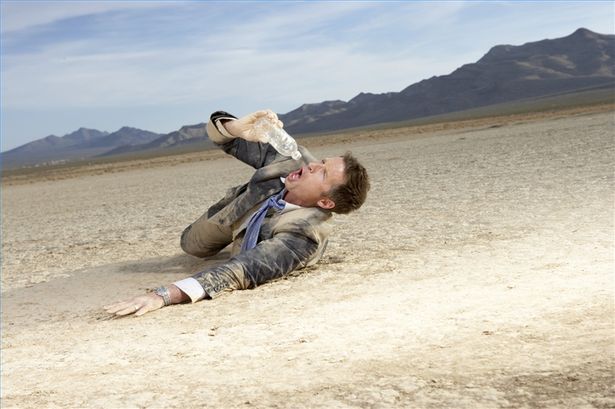
The two conditions are often confused with each other but First Aid Classes teach you to clarify the differences.
Heat exhaustion develops gradually and is the result of a loss of salt and water from the body through excessive sweating.
Heatstroke can follow heat exhaustion when sweating ceases and therefore stops the body being able to cool. It is a failure in the part of the brain which controls body temperature. It develops suddenly and results in unconsciousness within minutes. Having someone nearby with First Aid Certification will make all the difference in these serious conditions.
HEAT EXHAUSTION
Heat exhaustion can be recognised by the gradual onset of the following symptoms:
- Headache, dizziness and confusion
- Loss of appetite and nausea
- Sweating, with pale, clammy skin
- Cramps in the arms, legs or the abdominal wall
- Rapid, weakening pulse and breathing
First Aid Classes teach you how to replace lost body fluids and salt, cool the patient down and get medical assistance if required.
The first step is to move the patient into a cool area and assist them to lay down and elevate their legs. Rehydrate the patient with lots of water, ideally with added salt (1tsp per litre) to replenish their body.
Continually monitor the patient for deterioration, they may become less responsive as they develop heatstroke.
HEATSTROKE
Heatstroke can be identified by:
- Headache, dizziness and discomfort
- Restlessness and confusion
- Hot, flushed, dry skin
- Rapid deterioration in responsiveness
- Full, bounding pulse
- Body temperature above 40 degrees Celsius (104 degrees Fahrenheit)
St Mark James Training teaches how to rapidly reduce the patients body temperature and to get immediate emergency assistance.
The patient should be put in a cool place, then remove as much clothing as possible. Wrap them in a cold, wet sheet and continue to maintain the wetness until their temperature is below 38 degrees Celsius (100.4 degrees Fahrenheit). If you are unable to find a sheet, fan the patient or sponge them down with cold water to reduce their temperature as quickly as possible.
If their temperature returns to normal range before help arrives, the wet sheet can be replaced with a dry one.
First Aid Classes maintain that the patient should continue to be monitored; note their pulse, breathing and responsiveness. If the patients temperature spikes again, the rapid cooling process should be repeated.
If the patient loses consciousness at any time, the airway should be opened and their breathing checked. CPR may be required so be ready to give rescue breaths and chest compressions. If they are breathing, place them into the recovery position as taught in St Mark James First Aid Classes.
In summary, heatstroke and heat exhaustion are emergencies and shouldn’t be treated lightly. To prevent these conditions, stay hydrated, and be careful not to overheat. Look out for your friends as well, and enjoy the summer sun responsibly!